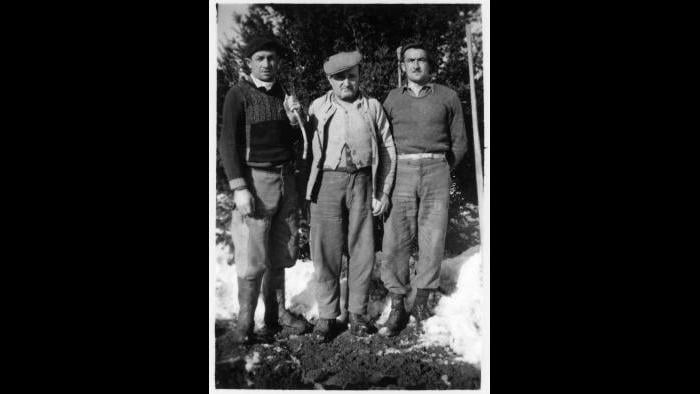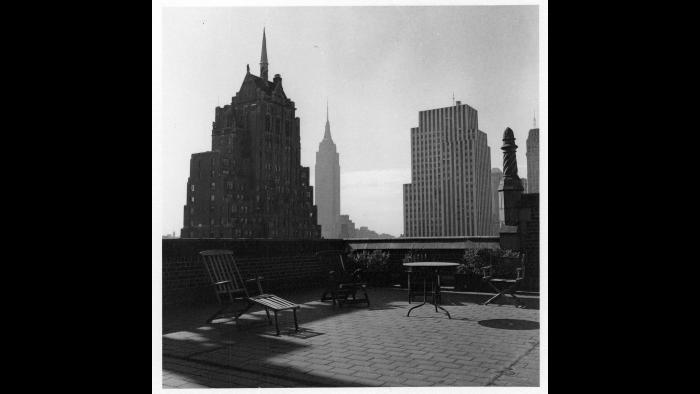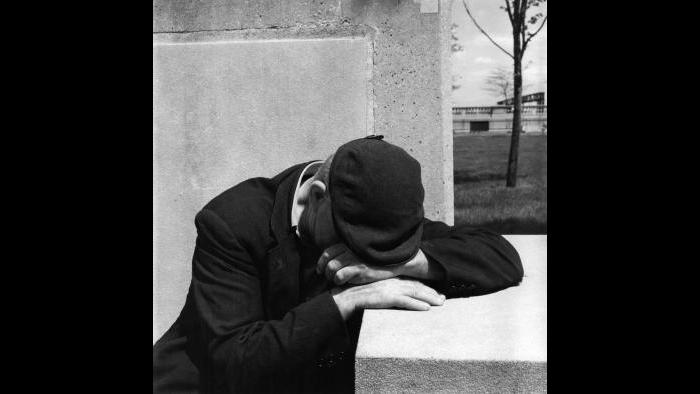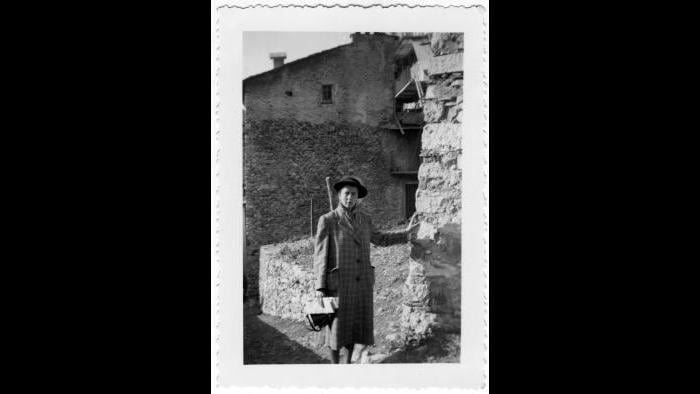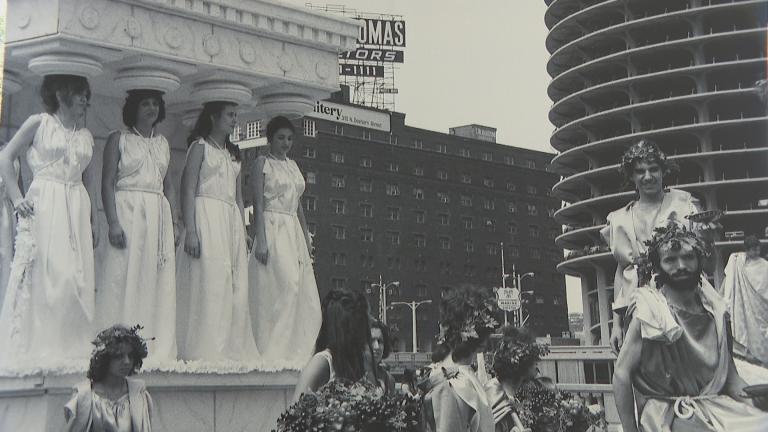The story of photographer Vivian Maier is, by now, pretty well-known—it was even made into a documentary that was nominated for an Academy Award.
For those unfamiliar with the tale, it goes like this: There was a reclusive Rogers Park nanny who took extraordinary street photos in her spare time. After she died, the contents of her storage locker were purchased by chance. It was then that a treasure trove of brilliant, artistic and historic photos were revealed to the world.
But is that really the whole story?
Northwestern photography professor Pamela Bannos dug deeper and has written a much more complex story of Maier’s life and how her photographs have launched her celebrity.
The new biography is called “Vivian Maier: A Photographer’s Life and Afterlife.”
Bannons joins host Phil Ponce in discussion.
Below, an excerpt from the book.
![]()
 (Courtesy the Ron Slattery Collection / Estate of Vivian Maier)
(Courtesy the Ron Slattery Collection / Estate of Vivian Maier)
Vivian Maier was never shy when she was intent on getting a photograph, nor was she afraid to scale precarious heights to view an event. During 1960, a presidential election year, she attended numerous events in which she found prime—and what today would be off-limits— sniper-like perches. On July 27, a day after more than a million Chicagoans lined the streets to welcome President Eisenhower to town for the Republican National Convention, Maier positioned herself on a rooftop with clear views of his approach to an 8:30 A.M. breakfast at downtown’s Morrison Hotel. A street clock provides time code as her 35 mm negatives demonstrate minute-by-minute strategies: at curbside, standing nearly under the hotel’s canopy, she shot into the sun toward the approach of cars, creating a brilliant effect of long-shadowed silhouettes, but backlight obliterated detail; in the next frame, she’s a half block away on the other side of the street facing the hotel, but too far away for a good entrance shot—the corner clock reads 8:20. By 8:25, Maier is leaning over the parapet on the roof of a movie theater, across from the Morrison’s entrance. After shooting a dozen frames peering downward, left, and right, at 8:29 she captured seconds-apart pictures of Eisenhower’s approach, and then photographed him standing with both arms raised, waving to the crowds. Once the entourage disappeared into the hotel, Maier documented her perch—a ladder leaned against the flat roof’s parapet—and returned to the street to mingle with the crowd. Later in the day, Maier prepared for Eisenhower’s departure from South Michigan Avenue’s Blackstone Hotel by accessing a room on the third floor of the Conrad Hilton Hotel across the street. Leaning out a window, she shot color slides of the president’s exit, followed by more frames of the parade of cars heading toward Lake Michigan where, at Meigs Field, a helicopter was waiting.
Vivian Maier shot public events as if she was on assignment, but there’s no evidence that she was working for anyone other than herself. Her confidence and handling of several cameras simultaneously suggested that she had journalist credentials, and she often photographed from within sidewalk barricades. Among other photo ops during the days of the Republican convention, Maier worked a parade that featured a Native American drum and bugle corps and the famous sad clown, Emmett Kelly, who participated in a trampoline act.
In September, Vivian Maier was back at her rooftop perch across from the Morrison Hotel photographing Richard Nixon’s approach amid throngs of gatherers with Nixon for President signs and banners. And while he was in the hotel, Maier found her way inside the
Morrison’s lobby. She had cut through the barriers and made it past the police; Nixon had to pass by Maier to get out of the hotel, and she photographed him from front and back as he crossed within a couple feet of her camera.
On the Democrats’ side, Maier attended and photographed a Kennedy-focused torch-lit parade, and when vice presidential candidate Lyndon Johnson paraded along State Street in November, days before the election, she stood curbside in front of the crowd and photographed him as he greeted crowds from the convertible that he and his wife shared with Mayor Richard J. Daley. Sometime later, she succeeded in accessing a luncheon in honor of Eleanor Roosevelt and snapped three frames of her at the head table, inching closer with each shot.
Related stories:
 500 Vivian Maier Photos Donated to University of Chicago
500 Vivian Maier Photos Donated to University of Chicago
July 25: A relatively small but significant trove of photographs by Vivian Maier has a new home at the University of Chicago Library.
 Vivian Maier Legal Tangle May Be Resolved Soon
Vivian Maier Legal Tangle May Be Resolved Soon
May 11, 2016: A settlement appears to have been reached over the celebrated photographs of the Chicago-area nanny whose stunning street photography came to light only after her death.
July 31, 2012: We begin a three-part series on the amazing story of Vivian Maier, the Chicago nanny who took more than a hundred thousand photos during her lifetime but never showed them to anyone.

